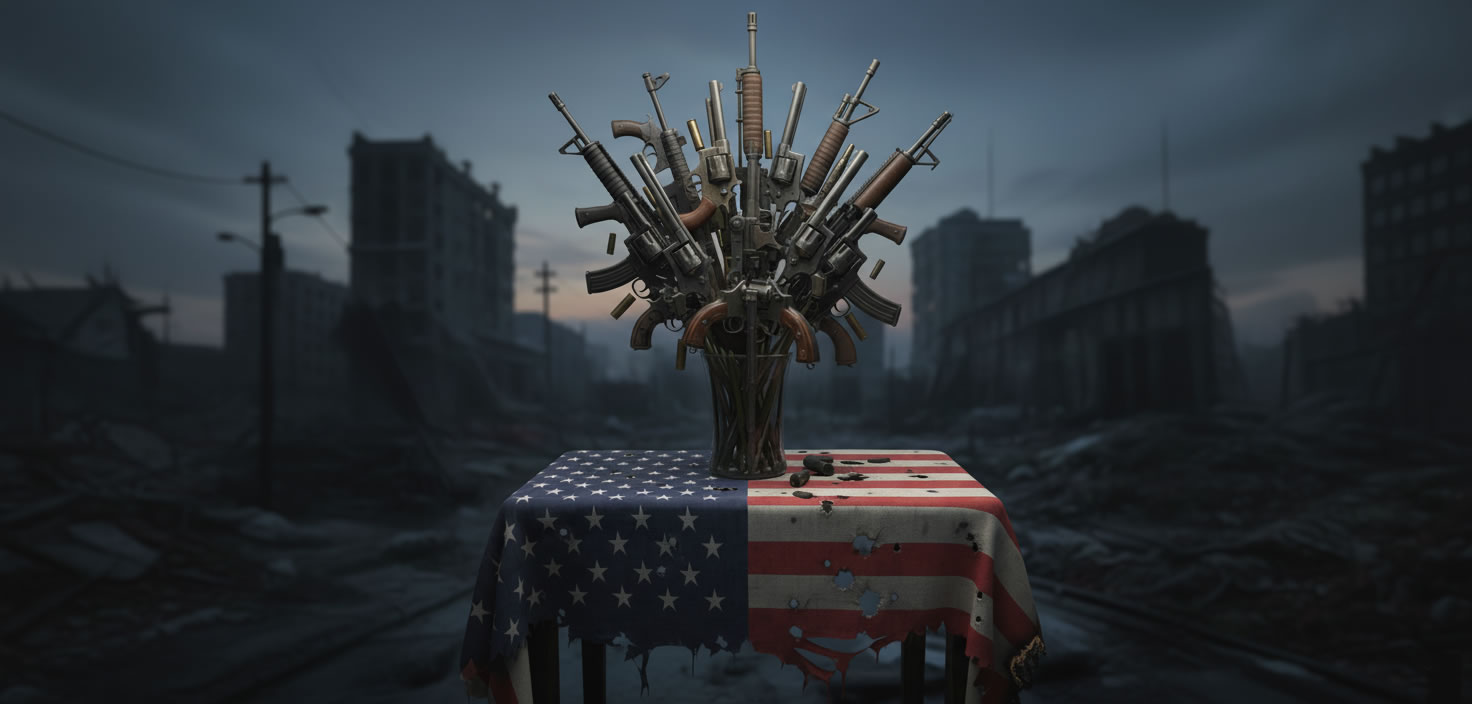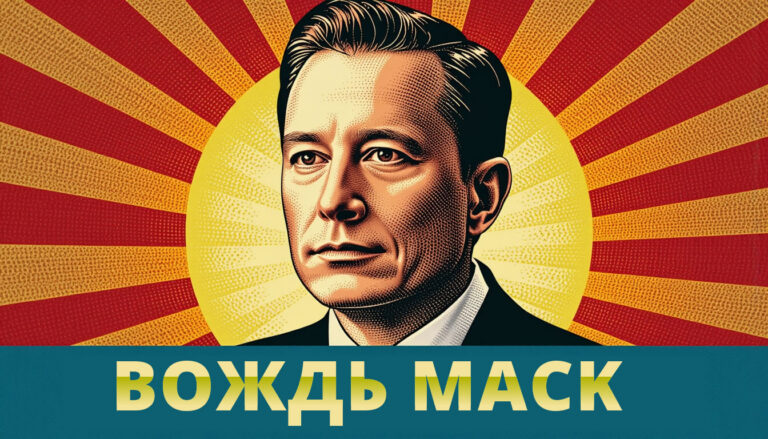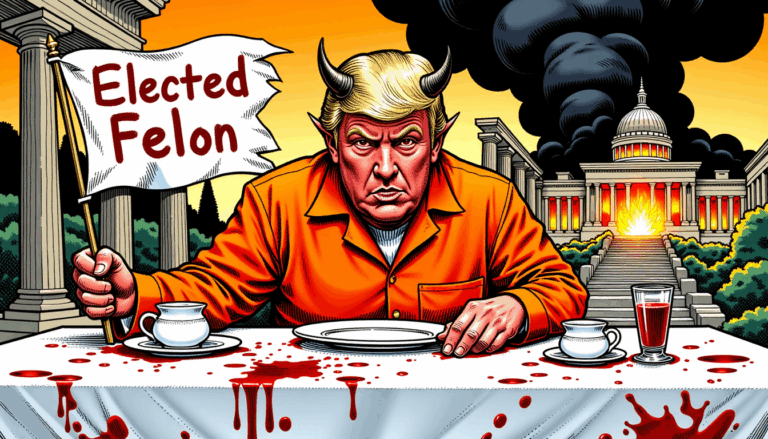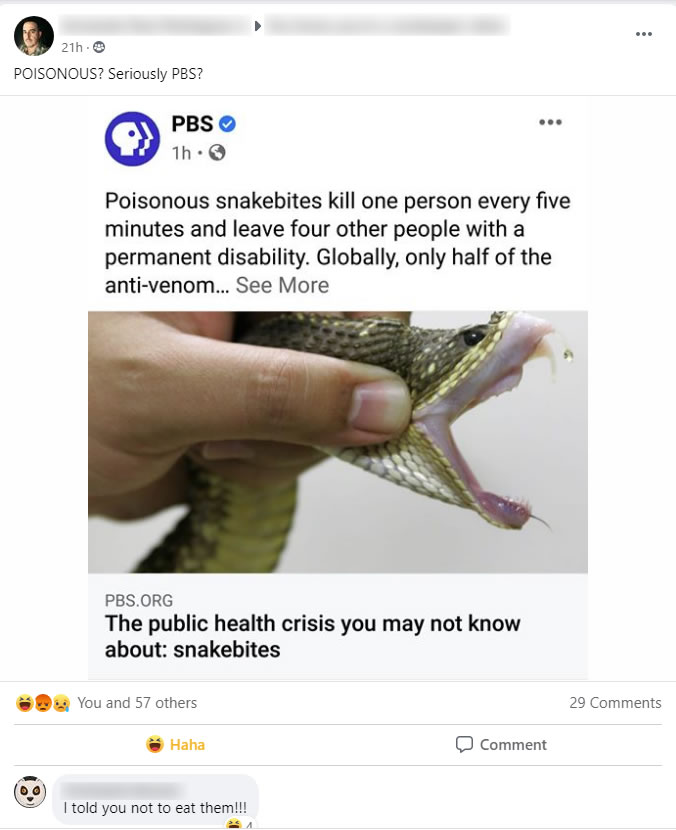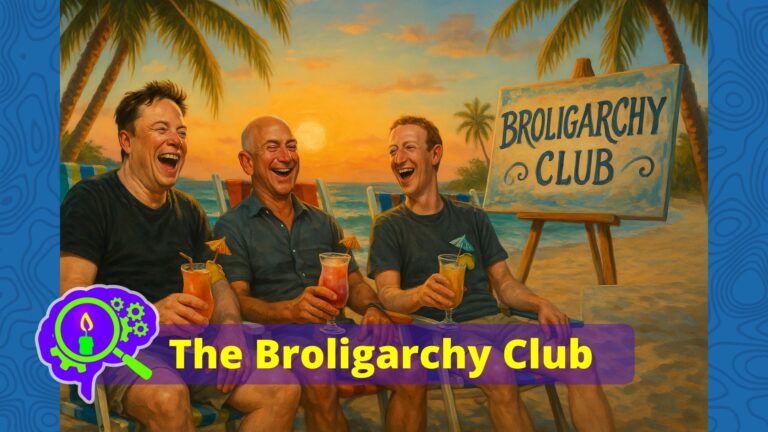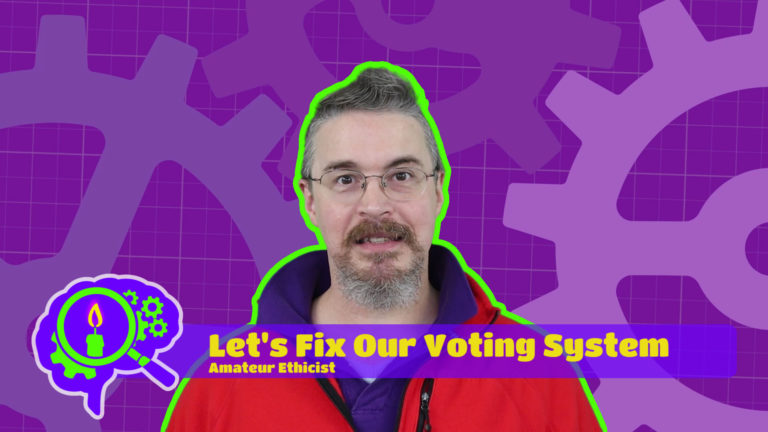Gun Violence: How We Replaced Solutions with Perpetual Analysis
We’ve Gotten Really Good at This
Look, I need to talk to you about something that’s been gnawing at me since Charlie Kirk got shot. Not the shooting itself – though obviously that was horrible – but what happened after. How we all responded. How good we’ve gotten at this.
Within hours, we had the full analytical ecosystem spinning up. Twitter threads dissecting bullet casing inscriptions. YouTube videos breaking down the shooter’s online presence. Think pieces about meme culture and radicalization. Cable news panels debating political implications. The whole machine just… worked. Efficiently. Like we’d done this a thousand times before.
Which, come to think of it, we have.
The same day Kirk was killed, two kids got shot at their school in Colorado. I bet you didn’t know that. I barely knew that, and I follow this stuff obsessively. But Kirk’s shooting? We had wall-to-wall coverage, political finger-pointing, and a complete media apparatus devoted to processing every angle. The school shooting was a footnote.
That should disturb us more than it does.
The Muscle Memory of Mass Violence
Here’s what I keep thinking about: we’ve developed this incredible analytical sophistication around mass violence. We can trace online radicalization patterns, decode internet memes that motivate shooters, map the political exploitation that inevitably follows. We’re like forensic anthropologists of our own decay – really, really good at examining the bones after everything’s already dead.
The Wall Street Journal initially reported that Kirk’s shooter had carved “transgender and anti-fascist ideology” into his bullet casings. Complete fabrication. Eleven million people saw that lie. The correction? Maybe 200,000. But here’s the thing – we all know this pattern by now. We’ve seen it play out dozens of times. First the inflammatory false narrative, then the quiet correction nobody sees. We could script this stuff.
And we basically do. Watch any cable news show after a mass shooting and you’ll see the same beats: speculation about motive, political blame games, calls for “unity” that last about 48 hours. We’ve got it down to a science.
When the Logic Stops Making Sense
The Kirk shooting broke some brains on the right because it didn’t fit their narrative template. Here’s a kid from a Republican family, raised around guns, influenced by far-right online spaces, who shot the conservative pundit who spent years advocating for the very gun policies that enabled the shooting. That should have prompted some uncomfortable self-reflection, right?
Instead: total silence from Republican legislators. Not the usual “thoughts and prayers” routine – which would have been hollow but at least consistent. Just… nothing. Because what can you say when your own ideological ecosystem produces the violence?
It’s like watching someone build a bonfire, hand out matches, give speeches about the beauty of uncontrolled flames, then act shocked when their own house burns down.
The Performance of Tragedy
Tyler Robinson, Kirk’s killer, apparently wasn’t motivated by coherent political ideology. His bullet casings had memes on them. Video game references. Furry culture jokes. The phrase “if you read this, you are gay.” This wasn’t political violence in any traditional sense – it was violence as internet performance art.
That might actually be worse. At least political assassinations have some twisted logic behind them. This was something else entirely – what internet researchers call “blackpill accelerationism,” a nihilistic online culture where the only creative act is destruction itself. Robinson wasn’t trying to advance a cause or even make a point. He was performing entropy worship for an audience of anonymous handles, turning real-world violence into content that would generate status within his online community.
And somehow, that makes perfect sense in 2025 America. We’ve gamified everything else – engagement, outrage, even human connection. Why not murder? When your society creates spaces where taking a human life becomes a form of entertainment and status-seeking, you’ve crossed into territory that makes traditional political violence look quaint by comparison.
The Empathy Asymmetry
Want to know how broken our collective response system is? Watch how differently people processed Kirk’s death versus, say, the UnitedHealthcare CEO who got shot a while back. Similar public reactions – muted sympathy, dark humor, analysis of how the victim “had it coming.”
But listen to how people talked about their feelings. Lots of folks said essentially: “I’m not celebrating his death, but I’m not exactly mourning either.” That’s… actually a pretty healthy emotional response to the death of someone who spent their life advocating harm against vulnerable people.
The unhealthy part is that we needed to have that conversation at all. The fact that we’ve normalized enough violence that we’re all walking around with sophisticated frameworks for processing when it’s socially acceptable to feel relief about someone’s death – that’s the problem.
We’re Really Good at the Wrong Thing
Here’s my uncomfortable realization: American society has become incredibly skilled at analyzing, processing, and moving on from mass violence. We can decode shooter manifestos, trace radicalization pipelines, identify political exploitation patterns, manage complex emotional responses to tragedy. We’ve built entire media ecosystems around this expertise.
What we apparently cannot do is prevent any of it.
That’s not an accident. When your society gets really, really good at managing the aftermath of preventable tragedy, it suggests you’ve given up on prevention. We’ve developed all this analytical sophistication as a substitute for actually fixing anything.
Think about it – if we spent half the energy we put into post-shooting analysis on, say, keeping guns away from unstable people or disrupting online radicalization, would we need to be so good at the aftermath management?
The Casual Apocalypse
The most chilling thing about scrolling through reactions to Kirk’s shooting was how… routine it all felt. People making jokes, sharing memes, pivoting to political analysis. Not because they’re monsters, but because this is just Tuesday in America now.
We’ve developed social scripts for mass violence the same way we have for weather events. Batten down the hatches, wait for it to pass, clean up the damage, repeat. Nobody expects hurricanes to stop happening – we just get better at storm preparation.
But mass shootings aren’t natural disasters. They’re policy choices. And somewhere along the way, we seem to have forgotten that.
What Comes Next
I don’t have answers. I’m not sure anyone does at this point. Maybe we’ve crossed some threshold where the normalization is irreversible. Maybe this is just what American society looks like now – perpetually processing violence we’re unwilling to prevent.
But I keep thinking about those two kids who got shot the same day as Charlie Kirk. They deserved the same wall-to-wall coverage, the same analytical attention, the same public concern. Instead, they got footnoted because we were all busy being really, really good at processing the more politically interesting shooting.
That’s what we’ve become: a society so sophisticated at analyzing our own dysfunction that we’ve forgotten the point was supposed to be fixing it.
And honestly? That scares me more than any individual shooter ever could.

